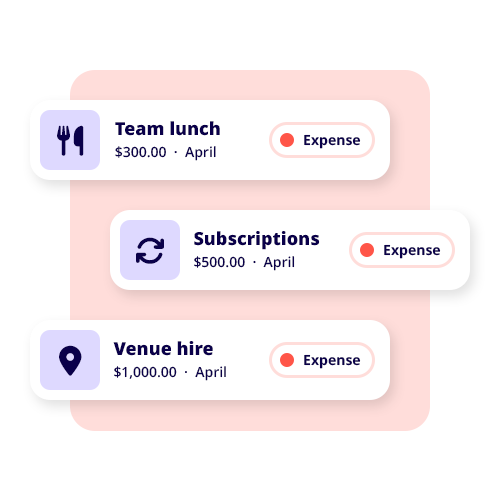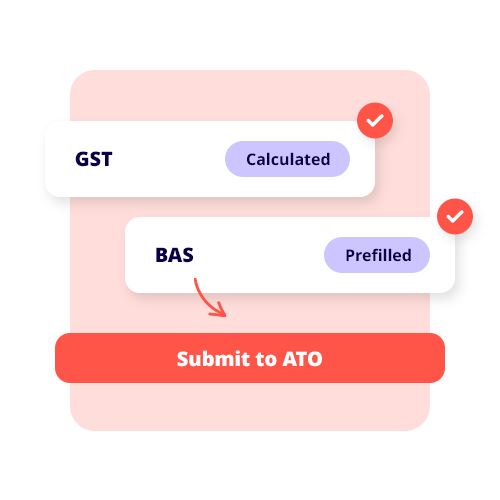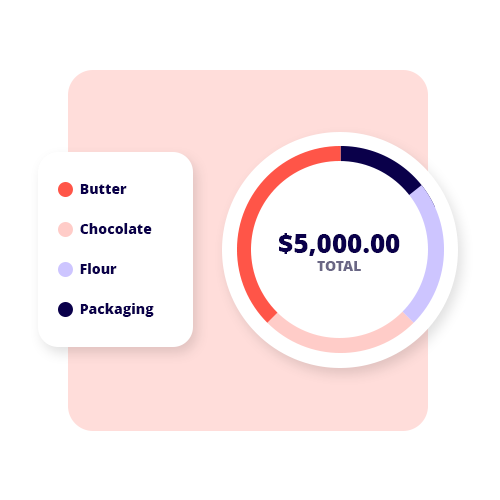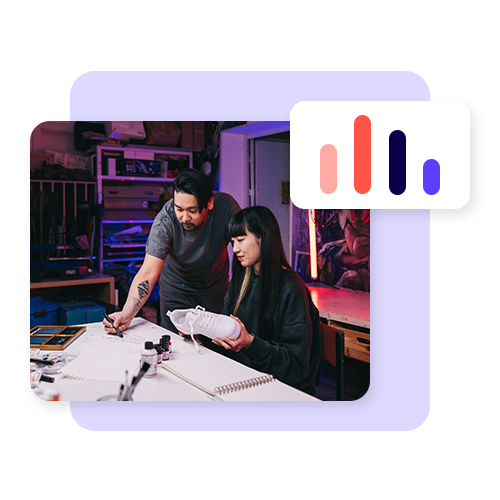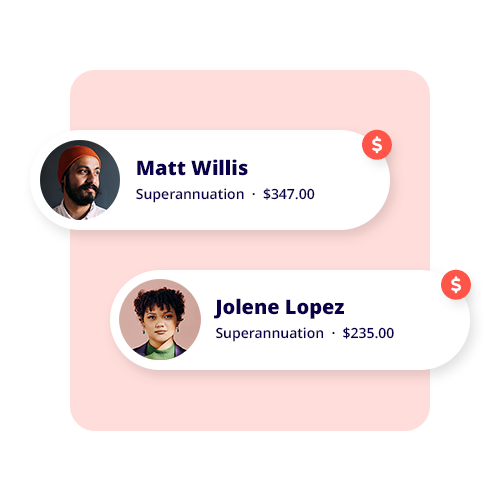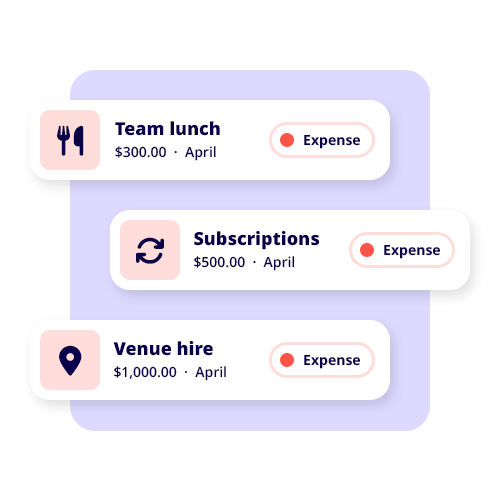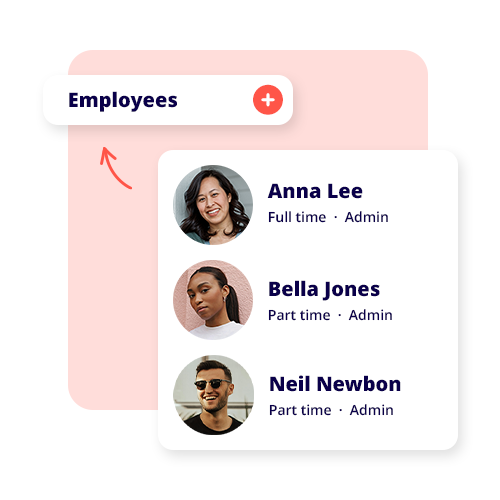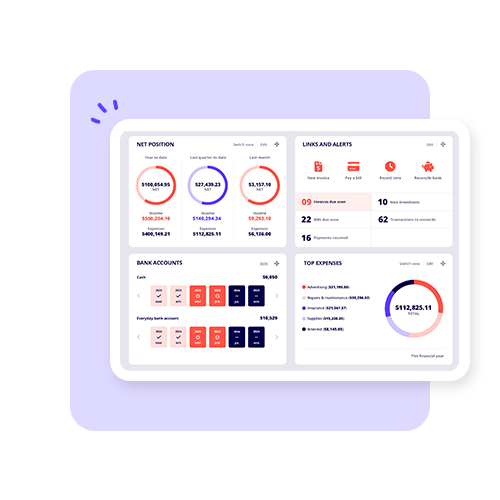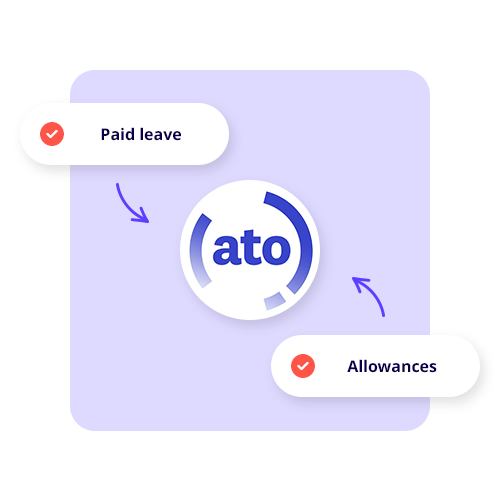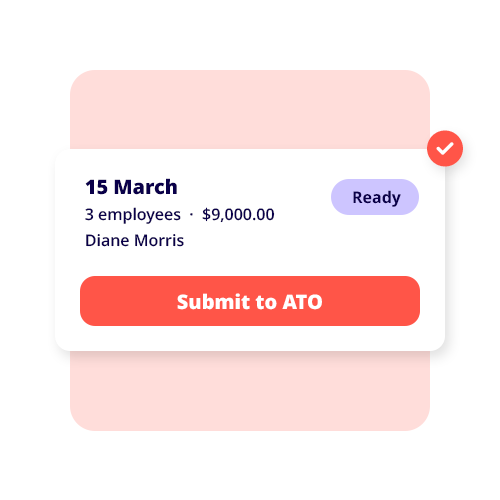Fixed assets are physical assets that are owned by a business entity and can be defined as ‘long term’. Fixed assets are used by a business to generate income or assist regular business operations.
As they are not consumable and include things like property plant and equipment, fixed assets are generally referred to as long-term.
As opposed to intangible assets, which are not physical, such as intellectual property, fixed assets are also tangible, in that they physically exist.
Examples of fixed assets
Let’s look at a few examples of fixed assets, that would be used by a regular business. As mentioned, fixed assets often fall under the category of ‘property plant and equipment.
- Vehicles.
- Plant machinery and equipment.
- Property and land.
- Computer hardware and devices.
- Furniture and fixtures.
- Tools.
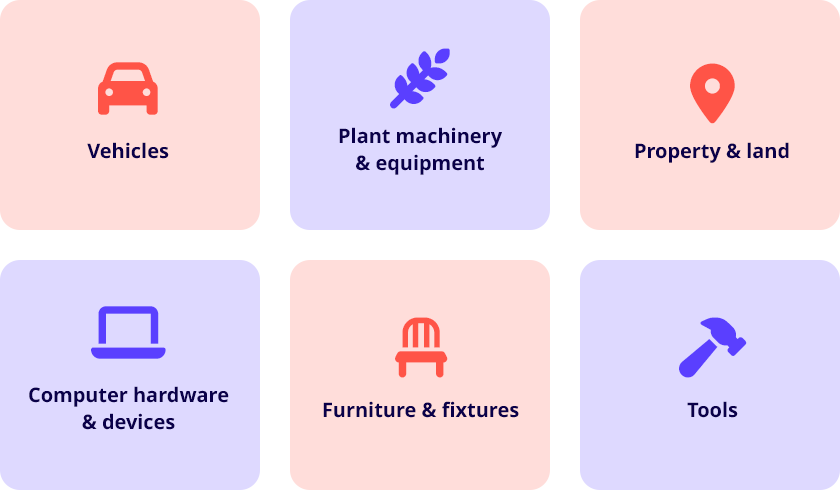
Fixed assets depreciation
Most fixed assets are also able to be claimed as deductions on your taxes. Not only can you usually claim for the purchase of fixed assets, but you can also claim for their drop in value over time through depreciation.
Fixed assets and balance sheets
A balance sheet includes your business’s assets, liabilities, and shareholder equity. As such (and like all assets) fixed assets will be listed on a company’s balance sheet. When you create financial statements for your business, you need a firm handle on all your fixed assets.
See related terms
What is a tax deduction?
What is gross profit?
What does accrued mean?












